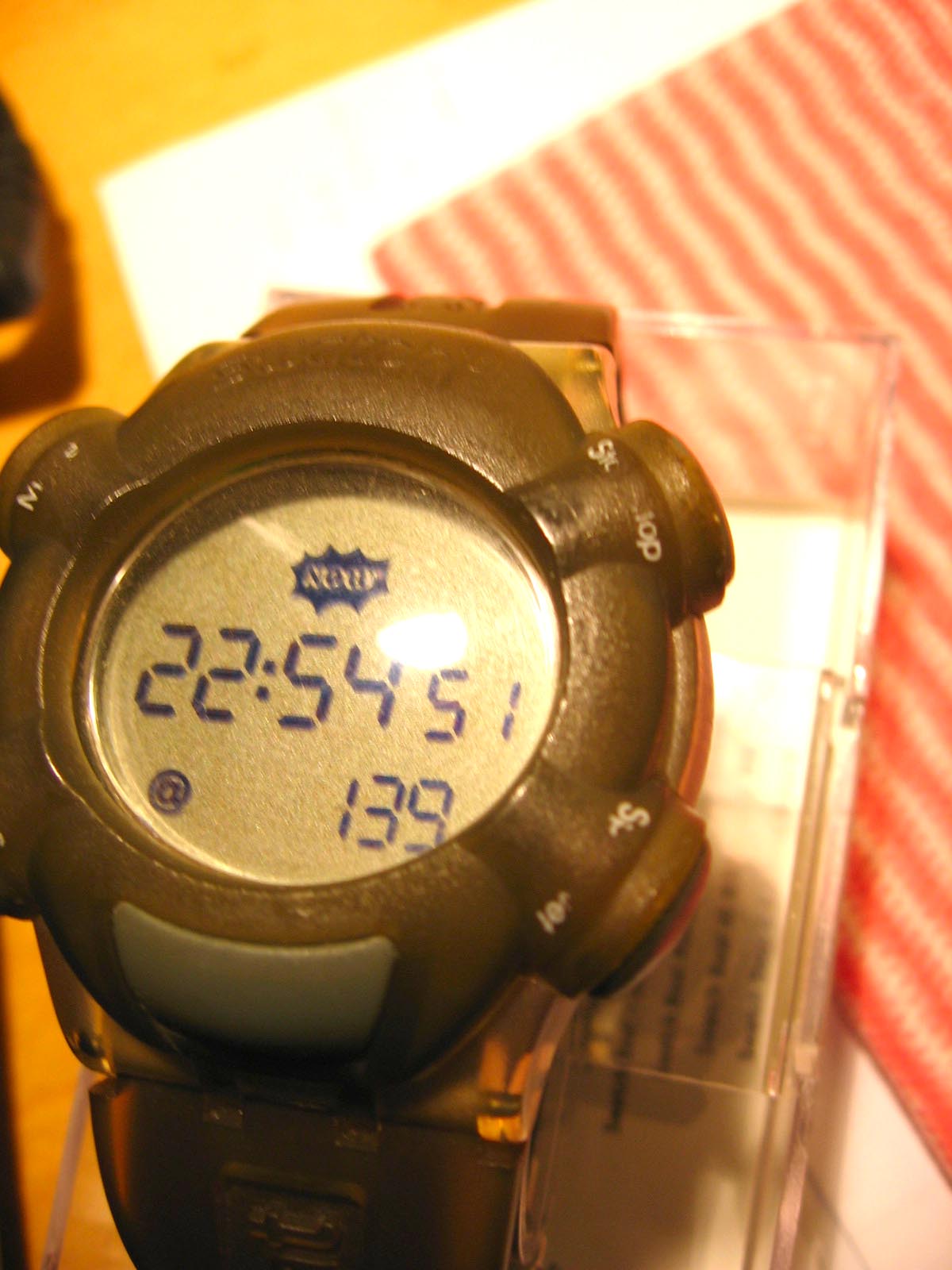Remember When Swatch Invented a New Time System for the Internet?
Credit to Author: Ernie Smith| Date: Fri, 08 Sep 2017 15:00:00 +0000
In a world where people are awake at all hours of the day and people on different sides of that globe can communicate with one another instantaneously, why do we need multiple time zones? We all use the same internet—why not the same time zone?
This sounds like a bizarre question to raise even in 2017, especially when the answer to the question is right above us—the sun and the moon, of course!
But in 1998, the Swiss watch company Swatch, working in tandem with the founder of the MIT Media Lab, nonetheless pitched the wild idea of redesigning the time system—throwing out the 24-hour day with 1000 “.beats”—periods, lasting a minute and 26.4 seconds, that effectively gave the time system the consistency of the metric system.
“It felt digital, it felt like it was erasing boundaries that the net itself seemed to be erasing.”
And they branded the damn thing Swatch Internet Time, of course, as a way to sell the public on special watches that worked with this new system of time.
“Cyberspace has no seasons and no night and day,” Nicholas Negroponte, the MIT Media Lab founder, said during a 1998 announcement, according to Wired. “Internet Time is absolute time for everybody. Internet Time is not geopolitical. It is global. In the future, for many people, real time will be Internet Time.”

And they took this idea really far, too—to the point where they christened a new global meridian called the BMT Meridian; rather than being based at the Royal Greenwich Observatory in London, it was based at Swatch’s factory in Biel, Switzerland.
They weren’t smart watches, but considering the initial press the endeavor got, it was a smart way to sell watches.
Admittedly, during the first internet-driven tech boom era, there was a logical context for this bizarre way of thinking. Suddenly, the creation of the internet made things seem possible that shouldn’t have been previously. Which means a lot of bad ideas were getting good money.
This was an era when a company named Digiscents raised $20 million dollars for iSmell, a device that could deliver smells over the internet. Where Whoopi Goldberg would agree to promote a form of fake digital currency in exchange for real stock.
And in that context, the idea of converting 1,440 minutes and 24 hours into a more-streamlined 1,000 .beats doesn’t seem all that weird. (It wasn’t technically all that new, either—both China and France had dabbled in decimal-based time schemes, France introducing its 10-hour variation during the fraught French Revolutionary period.)

And it did win over some tech-friendly fans, such as California web designer Michelangelo Capraro, who was featured as something of a “poster child” of sorts for the technology in a 1999 Baltimore Sun article on the concept. Caparo’s company at the time, CreativEngine, was located near a Swatch shop, and after hearing the pitch from the salespeople during a lunch break one day, his entire office bought specialized watches for everyone.
“I think we were sold on it because we were just starting to enter that age of being on the net all the time,” Caparo told me in an email. “Especially as a web design shop, we were online from morning until closing, and then after we got home. It had quickly changed the way we were doing things, and Internet Time seemed to make sense—it felt digital, it felt like it was erasing boundaries that the net itself seemed to be erasing.”
On the surface, it was a good idea for tech-friendly folks like Caparo to buy into this concept of the 1,000-.beat time system. He even sold some of his clients on it! In that Baltimore Sun article, officials from Pioneer were quoted as buying into the idea. (The Sun article is also worth a read, as it highlights the reason why we have time zones in the first place.)
While it wasn’t as useful for Caparo as it could have been—in no small part because his company was mostly dealing with local clients, not global ones—he was so into the idea that in 1998, he actually created a Windows app that put Swatch Internet Time into the user’s task bar. (I installed the app on the same Windows 2000 virtual machine I used to run the WebTV web browser a while back. Yep, it works as advertised.)
Of course, convincing an entire world of people to throw out their old watches and replace them with recalibrated equivalents was always going to be a hard sell, and by 2003, the online energy around the concept had deflated entirely—with even the hardcore enthusiasts moving on.
These days, Swatch Internet Time isn’t dead, but it’s certainly not thriving. Swatch actually has an active website promoting its corporate creation, and in 2015, the company uploaded an informational video on its YouTube channel, created in 2000 in a throwback Flash animation style, that seems to poke fun at Swatch’s unusual corporate idea.
Swatch didn’t respond to requests for comment for this article.
But even if Swatch isn’t really selling any .beat watches these days, it’s still possible to get on Internet Time with a modern-day device. Aleksandar Kex Trpeski, a Macedonia-based app developer, was inspired by both Swatch Internet Time and France’s decimal time to create his own decimal-based clock for the Apple Watch and iOS.
He put his own twist on the idea, which he called Universal Beat. The biggest difference? The meridian isn’t based in Switzerland, but the Royal Greenwich Observatory.
“I included Swatch’s setup for their timezone as a reference point,” he explained in an email, “but made UTC the default one, which was more logical to be used as a reference point, and also an option to sync with the local timezone.”
But if you want to live on Swatch Internet Time, it’s available as an option. It may be the closest we get to Negroponte’s dream.
Even its biggest fans admit that while Swatch had something way back when, its potential struggled with the uptake. Caparo, looking back, suggests that the idea was a disruptor of sorts that held some potential, but that, in the end, it turned out to be “a great marketing campaign,” and that if Swatch was truly serious about it, it would have pushed the idea a bit harder.
“If you are going to take that on, you really need to follow through, build the infrastructure, open source it, get it built into everything, push it hard,” he told me. “But all it seemed was a way to sell some funky new watches.”
Get six of our favorite Motherboard stories every day by signing up for our newsletter.